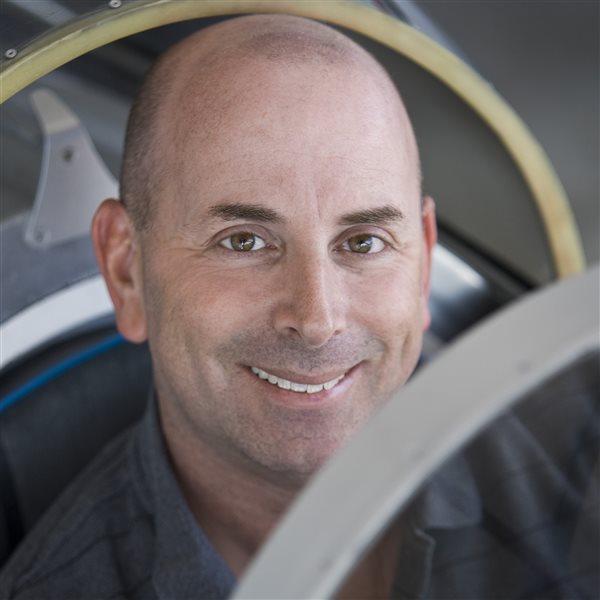Unusual Attitude: Beyond the Checkride

[email protected]
We count the days until checkrides, feel enormous pressure, and look forward to graduation and a shiny new certificate when we complete them. Publications like this one write about checkrides endlessly.
But training this way, and thinking in these terms, is a setup for disappointment. Students who focus and train only for the checkride are likely to find flying unfulfilling and leave soon after they obtain their certificates.
How often have you heard new pilots describe their checkrides as anticlimactic? Frequently, I’m guessing, and that’s as it should be. For a properly prepared student, the outcome of each maneuver—and the checkride itself—should never be in doubt. The checkride is an opportunity to demonstrate skills that have been learned, sharpened, and polished. The actual event should be confirming, but not terribly dramatic.
Personally, every new rating—from private pilot to airline transport pilot—has made me feel like a fraud. I wasn’t any smarter, or safer, or more knowledgeable at the end. The examiner didn’t show me a secret handshake, or magically bestow superpowers when I passed. I was just another impostor who somehow managed to squeak through without being found out.
The feeling that comes with the examiner’s congratulatory handshake is something akin to what a conman probably feels when he pulls off a swindle. There’s a moment of profound relief, but there’s little lasting satisfaction. No one gets “commercial pilot, SEL” carved in their headstone.
So what should a student pilot’s goal be in learning to fly? If not a certificate, what’s the measure of success? To me, the aviators I most admire are “complete pilots.”
Abounding, insatiable curiosity leads them to a lifetime of aviation learning. They fly sailplanes and jets; helicopters and tailwheels; seaplanes and airliners. They build airplanes, restore them, and maybe even design or test them. They fly over mountains and cross international borders. They may specialize in one particular aviation niche, but they’re interested in all of it. They learn for learning’s sake.
Complete pilots aren’t infallible. They struggle, make mistakes, bend things, and sometimes break them. But they share hard-won lessons and keep at it. And they’re generally astounded at their own good fortune along the way.
On a backcountry trip to a remote, high-altitude airstrip in the Rocky Mountains, I landed behind a Cessna 185 flown by the late John Kounis and followed him to a grassy camping area. As we surveyed our spectacular surroundings, John asked a question (he was always asking questions) that stuck with me.
“Did you ever imagine when you learned short- and soft-field landings as a student pilot that someday those skills would lead you to a place as magnificent as this?”
The honest answer was no, I never imagined that, because I was obsessively focused on the narrow goal of simply passing the checkride. (And the checkride turned out to be such a nonevent that today I can only vaguely recall it.)
A law student who only studies how to pass the bar exam isn’t likely to be much of a lawyer. And a medical student who learns only enough to pass a state licensing exam isn’t likely to turn into a great doctor. The best of those professions treat their practices as lifelong explorations in dynamic fields of knowledge that can never be completely mastered.
Flying is that way, too. Flight instructors do themselves, and their students, a disservice when they treat learning to fly like an SAT prep course. As flight instructors, we should do our best to instill curiosity in our students and show them the expansive possibilities that aviation offers.



